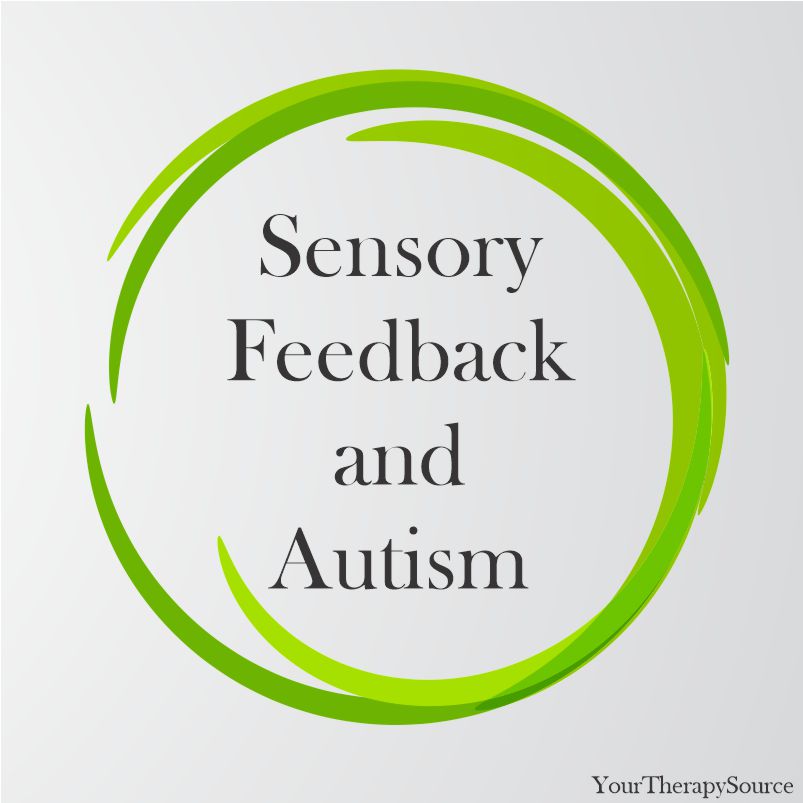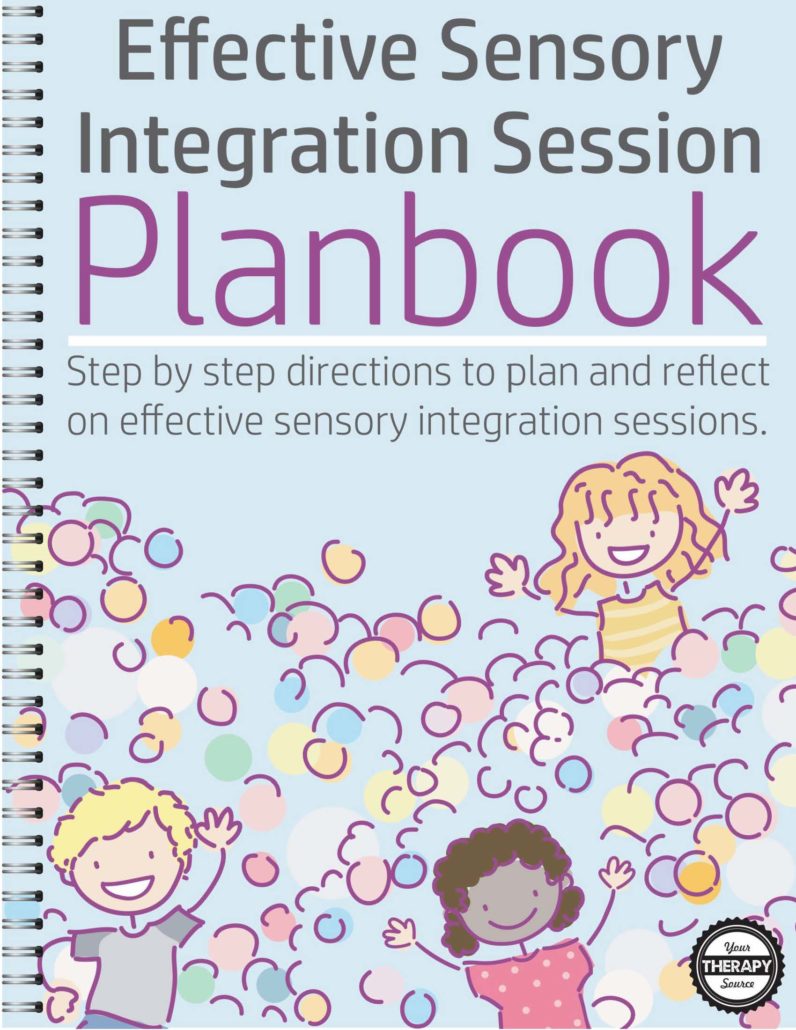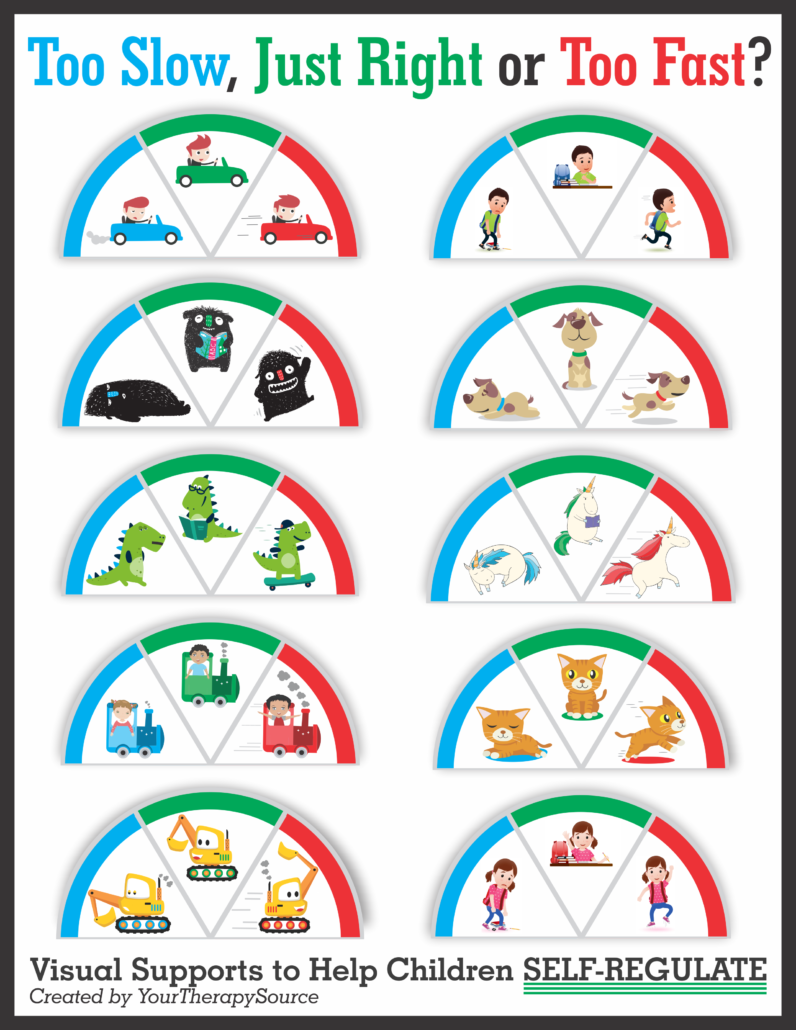Sensory Feedback and Autism
Researchers have observed that children with autism spectrum disorder, or ASD, can experience sensorimotor impairments before they show signs of social and communication symptoms. Poor motor skills in individuals with ASD may affect many tasks such as playing with toys, handwriting, picking up a glass of water, and zipping up a coat, etc. which can certainly influence independence throughout one’s lifetime. Researchers took a closer look at sensory feedback and autism and how it is associated with age and motor behaviors.

Methodology of the Study on Sensory Feedback and Autism
The research compared the fine motor control and eye movements of more than 200 people from age 5 to 29. Using a precision grip force test individuals squeezed their thumb and forefinger together while reacting to objects on a monitor. Eye movements were measured in response to dots appearing on the screen. Data was collected on reaction time, accuracy, variability and consistency.
Feedback Versus Feed-Forward Systems
This study examined both feedback and feed-forward systems. Feedback systems are integral to our ability to perceive the world around us. Without feedback, like through a visual or tactile sensation, we would be incapable of moving and producing motor responses to sensory input. Feedback loops allow for adjustments in movement that can happen too fast for conscious perception by the brain’s neural pathways; feed-forward is responsible for executing actions without sensory feedback to be processed in the brain.
Here is an example – when you go to pick up a glass of water, you know how much force you need to produce in your shoulder and arm muscles to pick up the glass and take a drink. You are able to do this based on all your past expereinces and using feed-forward information. Using the same example, if the glass of water has less liquid in it that your brain expected, you will adapt and reduce the force required to lift the glass using feedback. These systems work together so you can bring the glass of water to your mouth without spilling it.
Results of the Study on Sensory Feedback and Autism
Following data analysis the results indicated:
- when motor adjustments needed to be made very quickly (feed-forward), deficits were more pronounced in people with ASD.
- when motor processes occurred over a relatively longer period of time, smaller differences were seen between ASD and age-matched neurotypical peers.
- precision motor deficits in ASD varied across ages and contexts.
- precision grip movements at very low force were profoundly affected in very young children with ASD relative to their neurotypical peers. Examples of grip movements at very low force in daily life is buttoning a shirt or holding a pencil.
- less difference in force between the dominant and non-dominant hand was observed in the participants with ASD which may indicate atypical hemispheric specialization.
The researchers recommend future research using longitudinal data to explore multiple systems to understand sensorimotor issues in people with ASD.
References:
University of Kansas. “Study shows differences in rapidly processing sensory feedback among people with autism spectrum disorder.” ScienceDaily. ScienceDaily, 11 August 2021. <www.sciencedaily.com/releases/2021/08/210811162908.htm>.
Unruh, K. E., McKinney, W. S., Bojanek, E. K., Fleming, K. K., Sweeney, J. A., & Mosconi, M. W. (2021). Initial action output and feedback-guided motor behaviors in autism spectrum disorder. Molecular autism, 12(1), 1-25.




